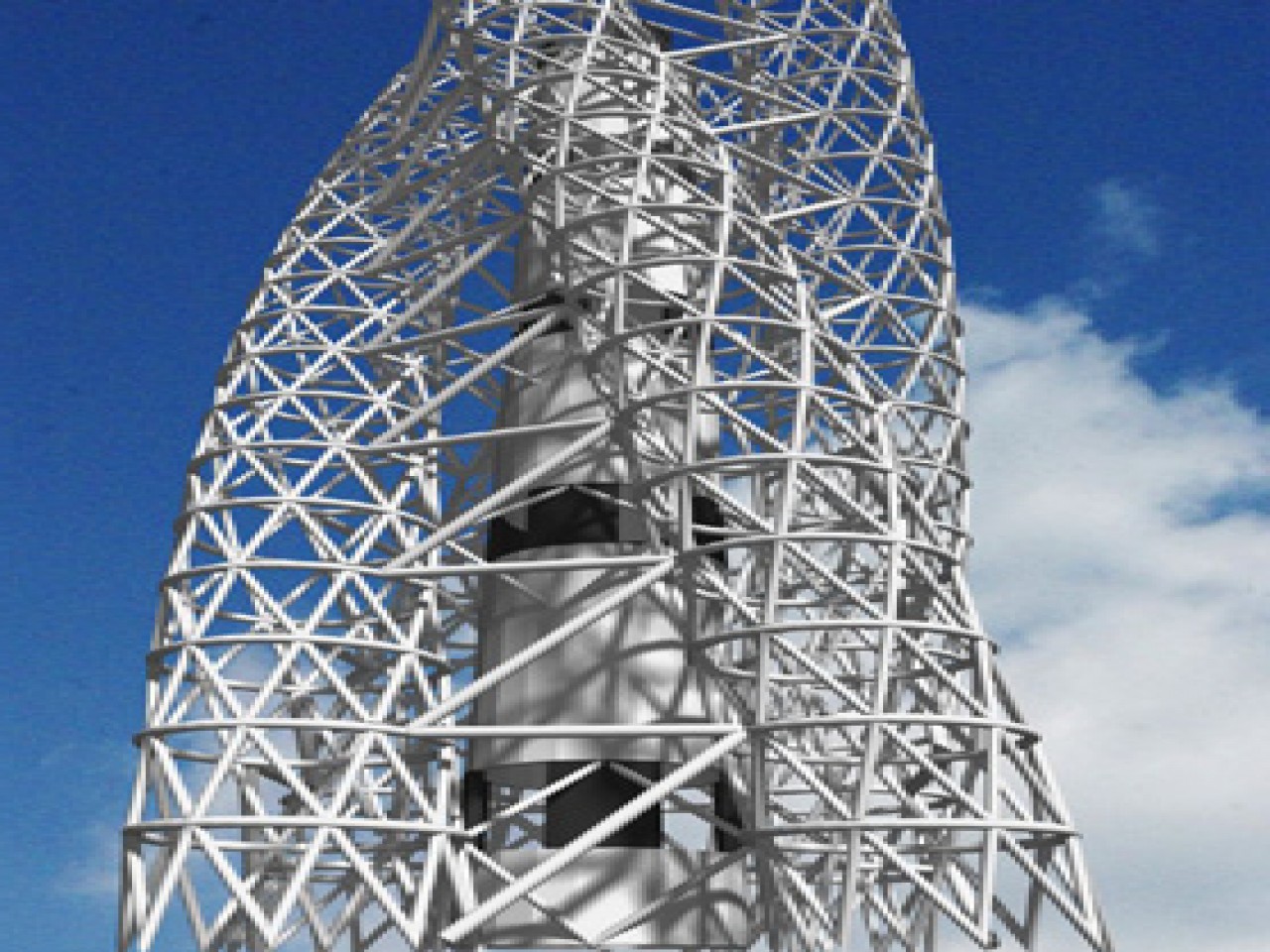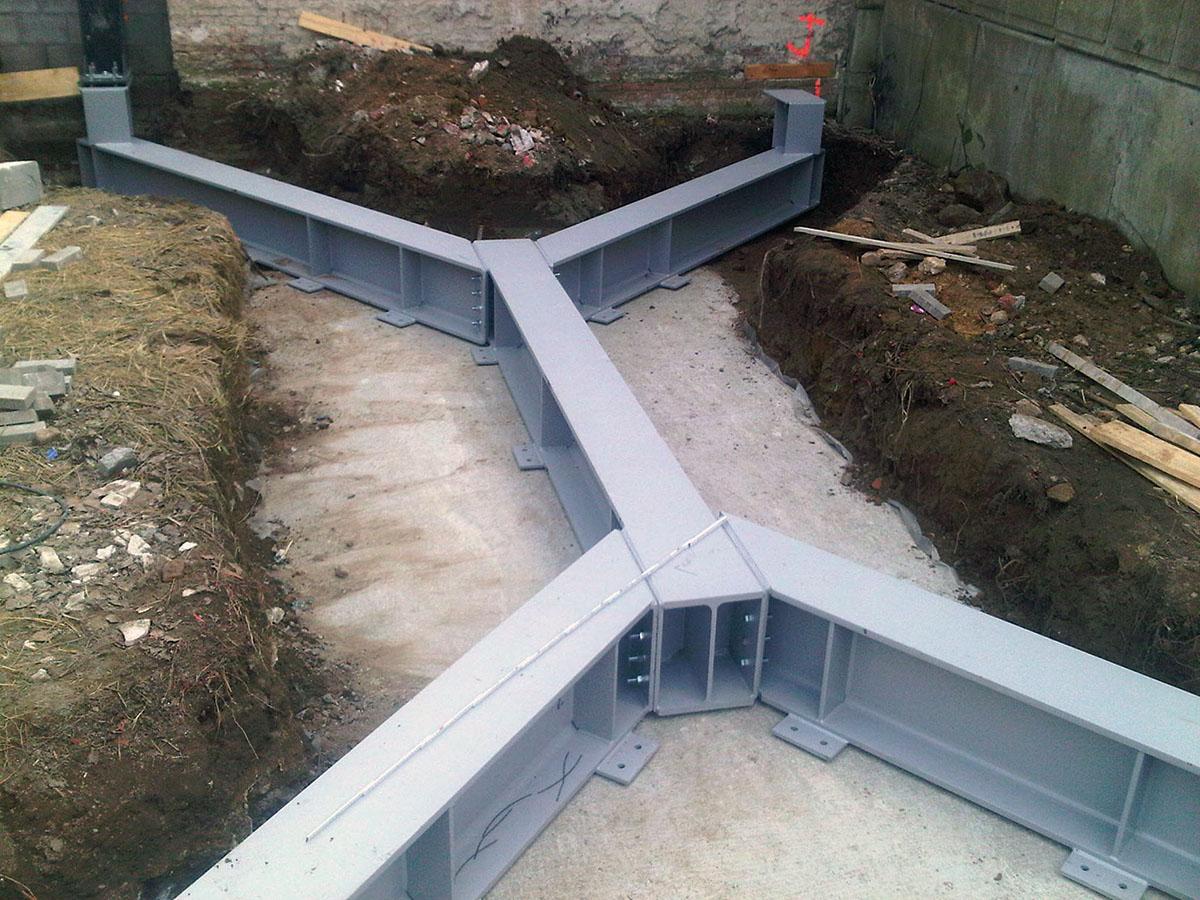Table Of Content

The design and use of steel frames are commonly employed in the design of steel structures. This session will discuss the design of structural steel beams and application of Chapter F of the AISC Specification. The session will review plastic vs. elastic moment strength and the various limit states of bending members. The lecture will address Cb, the lateral-torsional buckling modification factor for non-uniform moments diagrams and its effect on beam designs. The session will also review the design of single angles and WT shapes.
Compressive Strength of Concrete -Cube Test , Procedure, Results
AISC has compiled resources that highlight six things that set steel apart from every other structural material on the market. Learn what loads act on roofs, how to calculate them & how they are applied on the structure (Dead load, wind load + 3more). In case you have a different static system or load, make sure to check out our beam deflection guide covering all formulas YOU need.
What is the tolerance for compression test results of concrete, according to the standards?
Kendle Design clads Arizona "micro building" in weathering steel - Dezeen
Kendle Design clads Arizona "micro building" in weathering steel.
Posted: Fri, 26 Jan 2024 08:00:00 GMT [source]
The scope of structural steel work typically consists of the steel elements of the building frame shown on the design drawings, which are essential to support the design loads. Contracts for steel erection typically require others to provide site access, prepare the overall schedule, and identify and manage interfaces with other construction trades. The structural system required for stability is primarily influenced by the building height. For buildings up to eight storeys height, the steel structure alone may be designed to provide stability, but for taller buildings, concrete or braced steel cores are more efficient structurally. The length of the member is also an essential factor affecting the stability coefficient. According to Euler’s formula, the stability coefficient is high when the member length is small.
Which is the code used for the design of the RCC Bridge?
AbstractSteel moment-resisting frames (MRFs) are widely used in seismic regions worldwide. In this presentation, Lignos demonstrates a new design philosophy that defies the current paradigm in capacity-designed steel MRFs. Alternative dissipative mechanisms are explored to minimize earthquake-induced damage in connections and other members. A principal goal is to retain simplicity in the seismic design of steel MRFs. In structural engineering, a structure is a body or combination of pieces of the rigid bodies in space that form a fitness system for supporting loads and resisting moments. The effects of loads and moments on structures are determined through structural analysis.
0 Detailing and Fabricating Steel for Building Structures
Steel Building Specification provide the basic information about the Prefab Steel Building, which include Steel Warehouse, Industrial Workshop, Shed, and Garage Building. The Cross-section is 93.3% utilized for lateral torsional buckling. Overall can be said that in the design the plastic cross-sectional properties can be utilized.

Metal Structure Warehouse Buildings
The most basic tenets are safety and reliability, which means that the structural design must ensure the stability and strength of the structure under the specified working load. In addition, the economy and aesthetics of the system also need to be considered. To assist in field operations for bolted connections, other special types of bolting systems use tension control bolts or load indicator washers to confirm correct tensioning. Tension control bolts (ASTM F1852) are made with either hex or button heads and include a splined shaft attached to the threaded end of the bolt.

Flexible floorplates allow for a variety of configurations, from single-height classrooms to double-height studios. A fire-resistant spiral staircase provides a unique pathway and encourages chance encounters, further sparking creativity. Bjarke Ingels Group strategically orients The KUbe’s massing to maximize light and air for all three buildings. Winter garden bridges on the second floor connect the KUbe to Marvin and Chalmers Halls, promoting interaction between students and faculty. The ground floor features inviting entrances, while upper-level terraces offer panoramic views, creating a sense of openness and connection.
Steel Workshop Building
Concrete that will bear any construction load during steel erection should reach a specified percentage of design strength prior to start of erection. Shear connections, the most common type for structural steel members, transmit shear from one steel member to another. They are not able to resist moments at the connections, and therefore allow rotation at the connection under lateral loading. The steel erector is responsible for the means, methods, and safety of erecting the structural steel frame. The erector prepares the erection plan, receives the steel, erects and connects (steel decking is typically by others in California), and provides temporary supports and safety protection.
Design Guides
However, the services remain readily accessible for maintenance and future refitting. Material properties are known and member properties are accurate, meaning that analysis is precise. Design rules are clear and mature, without undue conservatism, having been developed over many decades. There is a wealth of support resources, including software, to facilitate efficient design. A diverse digital database that acts as a valuable guide in gaining insight and information about a product directly from the manufacturer, and serves as a rich reference point in developing a project or scheme. For Individual Live Sessions Registration Only - In light of the recent changes to daily work life, we understand that many people are working from home at this time.
A steel structure is composed of structural members that are made of steel, usually with standard cross-sectional profiles and standards of chemical composition and mechanical properties. Steel column members must be verified as adequate to prevent buckling after axial and moment requirements are met. Columns in multi-storey steel frames are generally H sections , predominantly carrying axial load. When the stability of the structure is provided by cores, or discreet vertical bracing, the beams are generally designed as simply supported. The generally accepted design model is that nominally pinned connections produce nominal moments in the column, calculated by assuming that the beam reaction is 100 mm from the face of the column.
Each cross-sectional shape has a different cross-sectional moment of inertia, so the magnitude of the influence on the stability coefficient is also different. Generally, beams, columns, trusses, and other components made of section steel and steel plates constitute a load-bearing structure, which together with roof, wall, and floor, form a building. Learn the basics of load combinations and how they are used in structural engineering to ensure the strength and safety of a building or structure. Discover the different types of loads considered, common load combinations, and their impact on the structural design. A properly completed welded joint has the potential for the same strength properties as the metal of the parts.
The structural engineer is responsible for the overall structural design. The designer sets design criteria, designs the structure, and produces specifications and drawings. The detailer prepares shop drawings using design drawings, standard details for connections, and, importantly, has knowledge of operations for fabrication and erection. The design process encompasses the architectural design, the development of the structural concept , the analysis of the steel structure and the verification of members. Steel solutions are lighter than their concrete equivalents, with the opportunity to provide more column-free flexible floor space, less foundations and a fast, safe construction programme. Steel structure design principles refer to the basic principles that should be followed in designing steel structure buildings.
Moment-resisting connections may also be provided by providing a welded connection between members. Floor slabs may be formed from pre-cast planks, but still allow the supporting beam to be designed as a composite member. Designers will refer to BS EN 1990[5] (and its National Annex[6]) for load factors and combination factors, used when determining design combinations of actions (ULS loads).

No comments:
Post a Comment